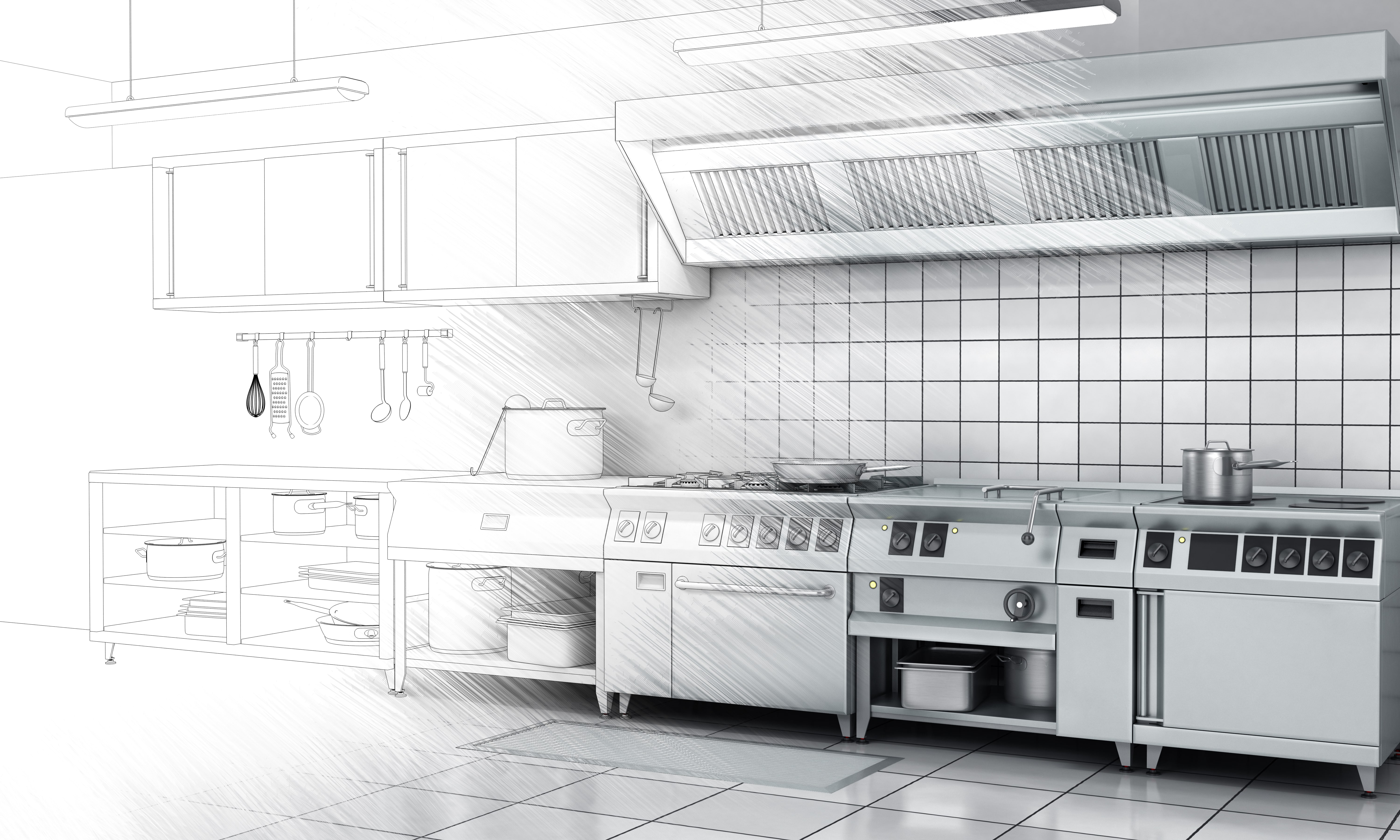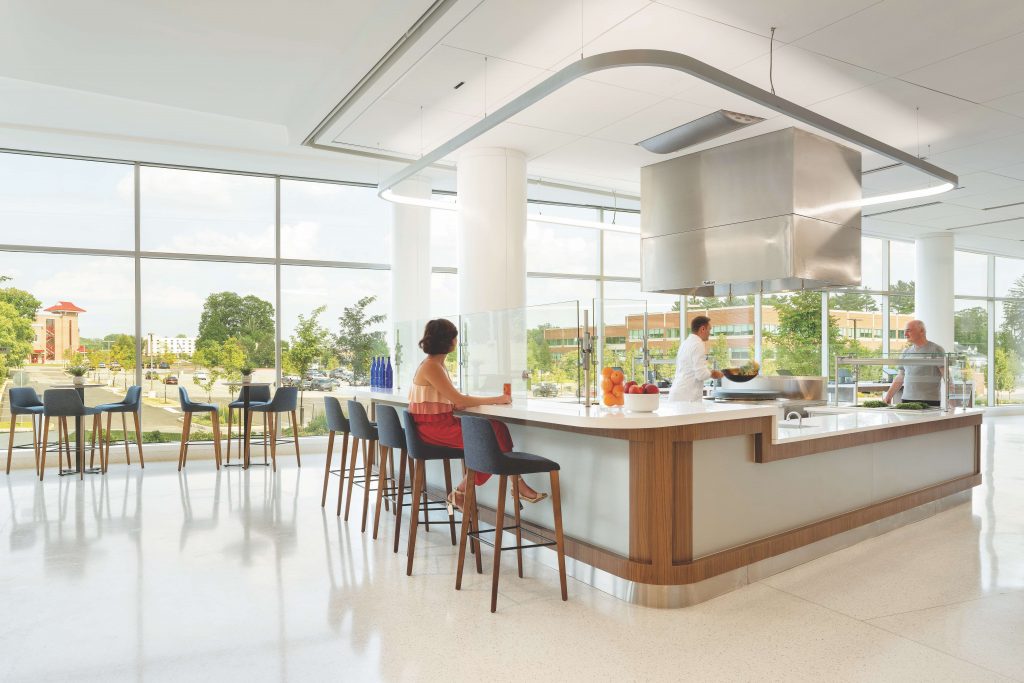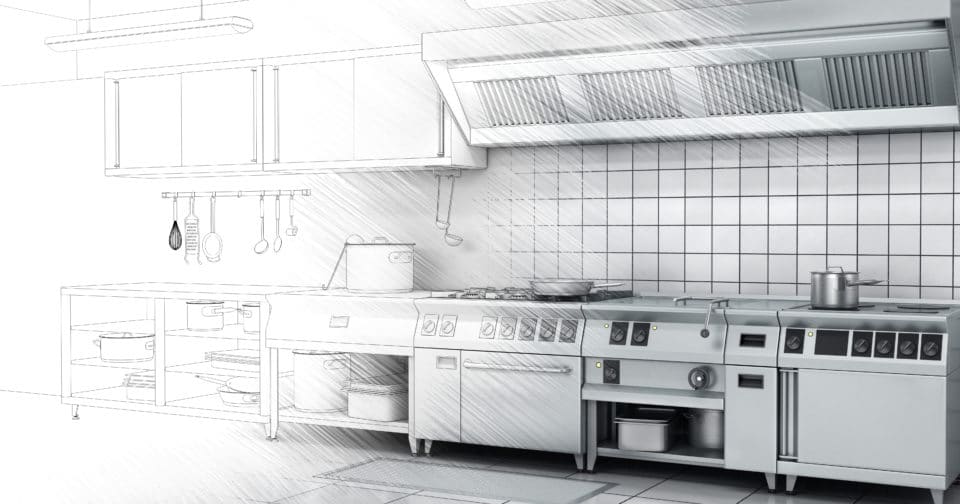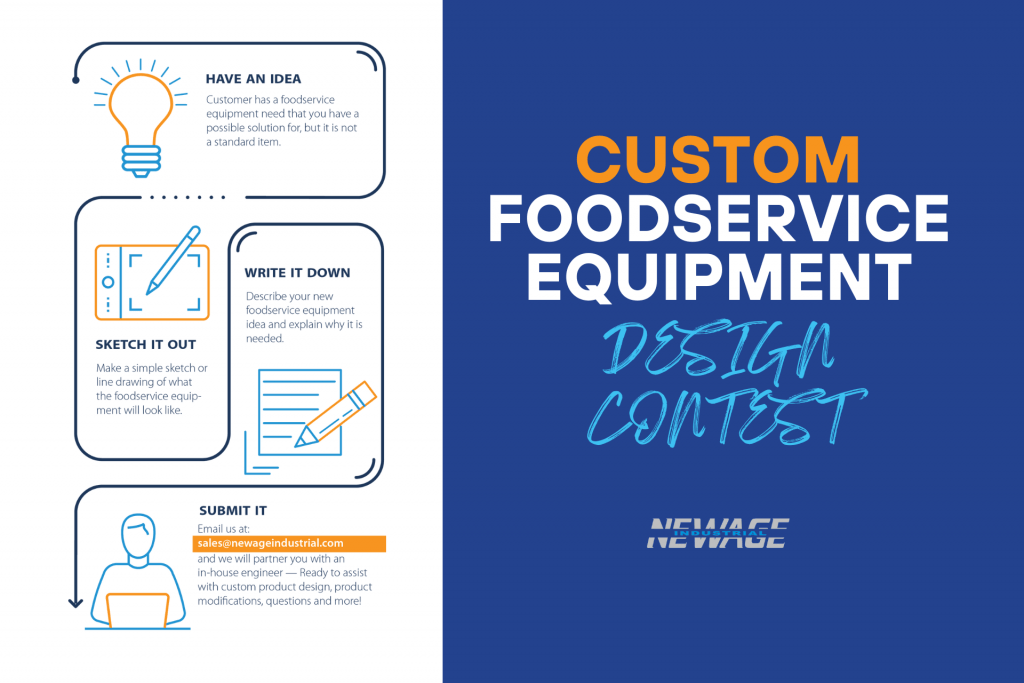
“It took me a few seconds to draw it. But it took me 34 years to learn how to draw it in a few seconds” – Paula Schier, designer & partner, Pentagram
This question raises so many others. What defines a foodservice designer? How do we enable emerging designers to grow? What is foodservice design?
The last of those is perhaps the best starting point to consider, even to the extent of defining a designer and drilling down to the fundamental question, what is design?
At its most basic level design has been defined as “the handmaiden to delivering dreams” and that designers have to be optimists to enable positive change. The role and responsibility of all those who claim to be designers therefore is to improve the quality of life in its broadest sense.
How a designer does this can be a mystery to non-designers and therefore often not fully appreciated (or valued!). The paradox frequently faced by a designer in responding to a client’s request is the conflicting values and needs on the problem side and the incommensurability of design outcomes on the solution side. The ability to resolve this effectively makes a designer, and makes the design approach so valuable.
Frame the solution
As we are now witnessing writ large, the only constant in life is change and designers will be now more critically necessary than ever to make the changes happen to effectively frame the solution by steering a path between the problem space and the solution space.
The challenge in drawing out the emerging designer’s abilities is how to enable them to manage the design process, which is like a pendulum that swings between concrete decisions and the more abstract requirements of engaging with multiple perspectives into why the design is valid and valuable. In the process they have to learn to allow for the interplay between the abstract and the concrete aspects of the problem in order to stimulate further ideation or even redirecting the entire thinking based on newly formed ideas.
When we are looking at our next generation of foodservice designers we need to observe their ability to manage all the seemingly conflicting challenge of maintaining operational efficiency of the facility without sacrificing the innovation opportunities.
This can mean in simple terms that it will be the ability to imagine the future that will separate the foodservice designer from the foodservice design consultants who will lead our industry into the future. It will not be ‘teaching’ the ability as much as drawing out any innate ability to manage all the potentially conflicting considerations simultaneously and to consider a situation and imagine it better in the service of people.
Developing an effective response
The range of considerations that a designer has to manage is far greater than those in earlier years. Changing technological; environmental; regulatory and ethical considerations now come into play. However the Millennial designer will be familiar with the need to understand these aspects of the facilities design and the need to develop an effective response in their solutions.
A potential issue with encouraging the development of the professional foodservice design consultant is the growth of so called “kitchen design” programs that claim that it is so easy to design a commercial kitchen by using their software. Certainly some of these programs offer considerable libraries of equipment and fabricated items that can be used to speed up the documenting process. But even this becomes a risk in that the “designer” limits their selection of the most suitable items for a particular purpose to the brands on the list; potentially ignoring a better solution from elsewhere. The result: lazy design.
In the process of using these programs, even the manufacturers subscribing to the software library can lose out through having less communication with the professional kitchen designer. It is frequently through these discussions relating to a particular project that the companies get insights into potential future product development.
For the benefit of the profession generally and emerging design consultants in particular, there needs to be a recognition of the difference between drafting or documenting a kitchen plan and professionally designing a kitchen facility. Without this recognition the value and rewards of all the hard work and professional development by the new consultant is diminished when the thinking by clients is that “designing a kitchen is so quick and easy”.
It is sometimes hard to accept that by the time the facility that the team has spent possibly years on has been built and handed over, it will be out of date. It is the trained and experienced professional foodservice design consultant who will ensure the facilities are fit for purpose far into the future.
Tim Smallwood FFCSI




